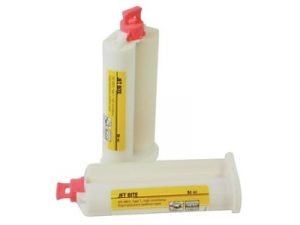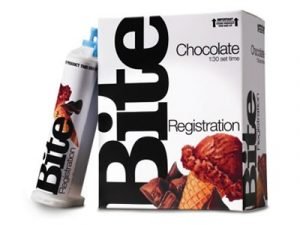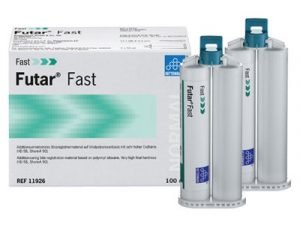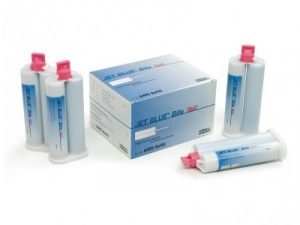BITE REGISTRATION MATERIAL
Are you interested in knowing more about bite registration material? If so, then you are on the right page. Feel relaxed and make sure you read the article to the end.
Bite registration is an extremely important step in the fabrication of diagnostic models, restorations, bite-raising appliances, orthodontic appliances etc. It is used for precise, clear indexing of the three-dimensional alignment of maxilla and mandible in the required relationship.
Materials for bite registration
The first material used for bite registration was plaster of Paris or impression plaster, a type 1 plaster. Plaster registrations are very accurate and extremely rigid. They resist distortion and offer good dimensional stability. Unfortunately, plaster is difficult to use. The material is highly fluid when freshly mixed and extremely fragile when hard.
Thermoplastic modelling compounds were therefore added to overcome these problems. Unfortunately, in turn, these presented a further two insurmountable problems: high initial viscosity and extreme final hardness, leading to possible abrasion of the stone model.
Waxes were introduced at a later date. These versatile materials are commonly used for bite registration purposes. Their success is explained by their versatility, ease of use and low cost. Unfortunately, they do not offer sufficient dimensional stability and suffer from a very high coefficient of thermal expansion. This can lead to significant distortion, spoiling the accuracy of the registration.
Zinc oxide eugenol paste was first used in 1930. This is highly fluid when freshly prepared, and does not therefore resist occlusion, but becomes rigid on setting. All materials have advantages and disadvantages, of course, and zinc oxide eugenol paste suffers from particularly long setting times, fragility and the formation of byproducts that cause dimensional variation.
Acrylic resins were proposed as bite registration materials in 1961. They are very commonly used for single interocclusal jigs. Acrylic resins are both accurate and rigid after curing. Their main disadvantage is that they contract on curing, potentially causing distortion. Once cured, they are also very hard and can damage the stone model.
Elastomers are the latest materials to be marketed for bite registration. Elastomers possess the best dimensional stability of all materials, are easy to use and offer virtually no resistance to mandibular closure. They are also easy to trim when cured and guarantee excellent detail reproduction. Addition silicones in particular do not produce byproducts and are therefore dimensionally stable.
One of the main disadvantages with addition silicones is that, when the stone model is being positioned, force can inadvertently be applied to the silicone, causing distortion. “Spring” effects can compromise the accuracy of these materials during mounting of the model in the articulator. Registrations should therefore be trimmed to avoid spring effects.
READ ALSO:HOW MUCH DO BRACES COST IN NIGERIA
Specialized bite registration materials that provide rigid bite impressions are used to capture an accurate representation of the patient’s bite. This critical step in any restorative dental case is required in order to set up proper articulation of dental models, to diagnose movement related problems, and to ensure a dental prosthetic will fit and function properly. Different set times and viscosities are available, and it is important to find a bite registration material that is easy to work with and provides you with accurate results.Let look at 5 material.

1. Jet Bite Registration Material
Coltrane
Material Composition: Vinyl Polysiloxane
Application Method: Gun
Set Time In Mouth: 50 seconds
75 seconds

2.Chocolate Bite VPS Impression Material
DenMat
Material Composition: Vinyl Polysiloxane
Application Method: Cartridge dispensing gun
Set Time In Mouth: 1 minute 30 seconds

3.Futar Fast Bite Registration Material – Quick set bite
Kettenbach LP
Material Composition: Addition-Curing Vinyl Polysiloxane
Application Method: Gun
Set Time In Mouth: 45 Seconds

4.Jet Blue Bite Registration Material
Coltene
Material Composition: Vinyl Polysiloxane
Application Method: Gun
Set Time In Mouth: 40 seconds
30 seconds

5.Clear Bite Matrix Material
DenMat
Material Composition: Vinyl Polysiloxane
Application Method: Cartridge dispensing gun
Set Time In Mouth: 2 minutes 30 seconds


